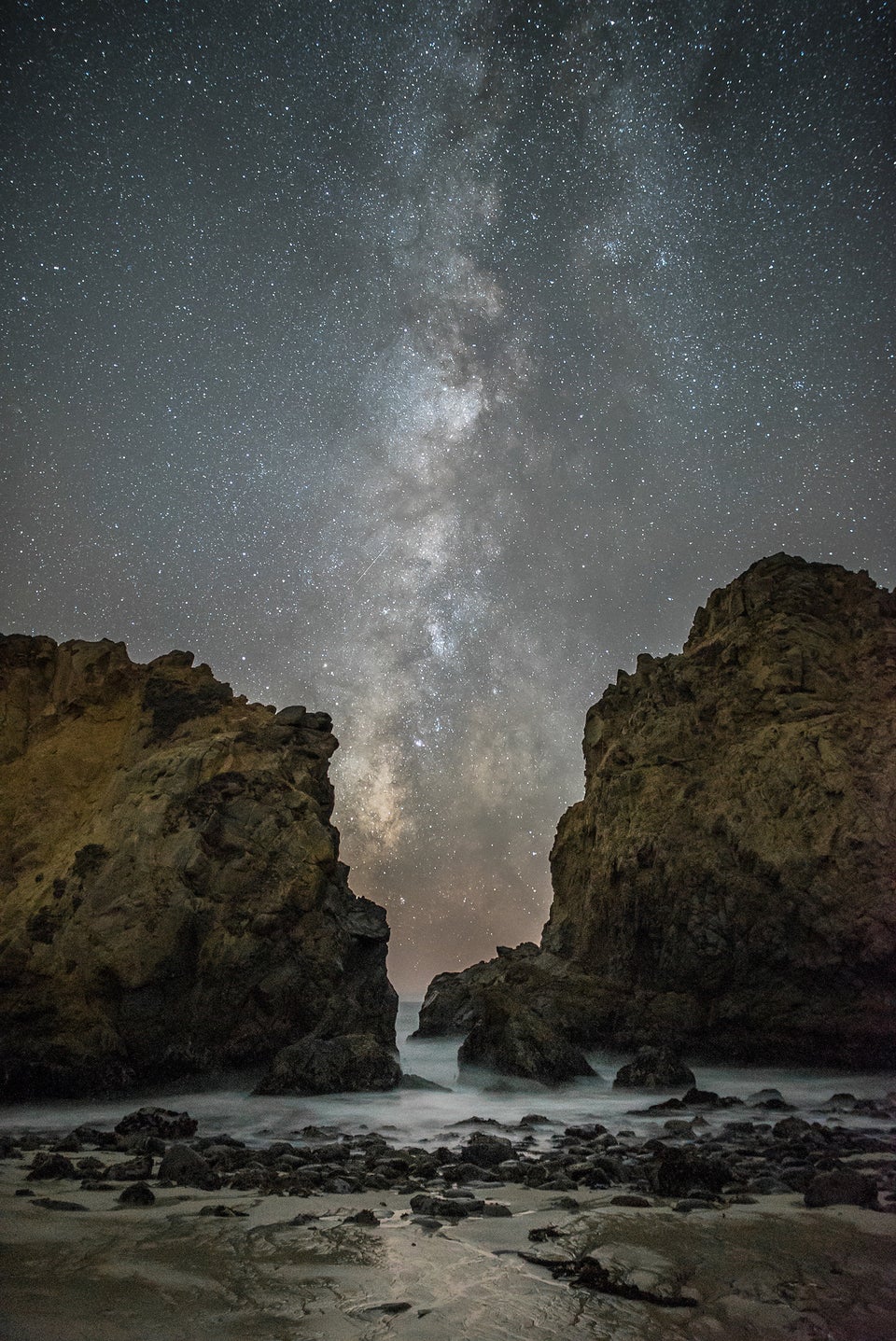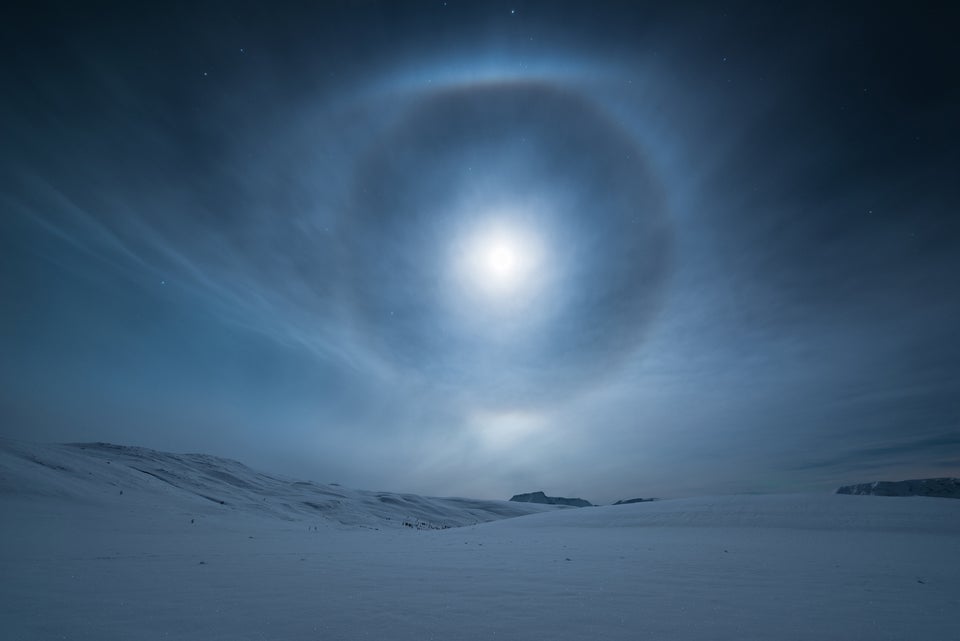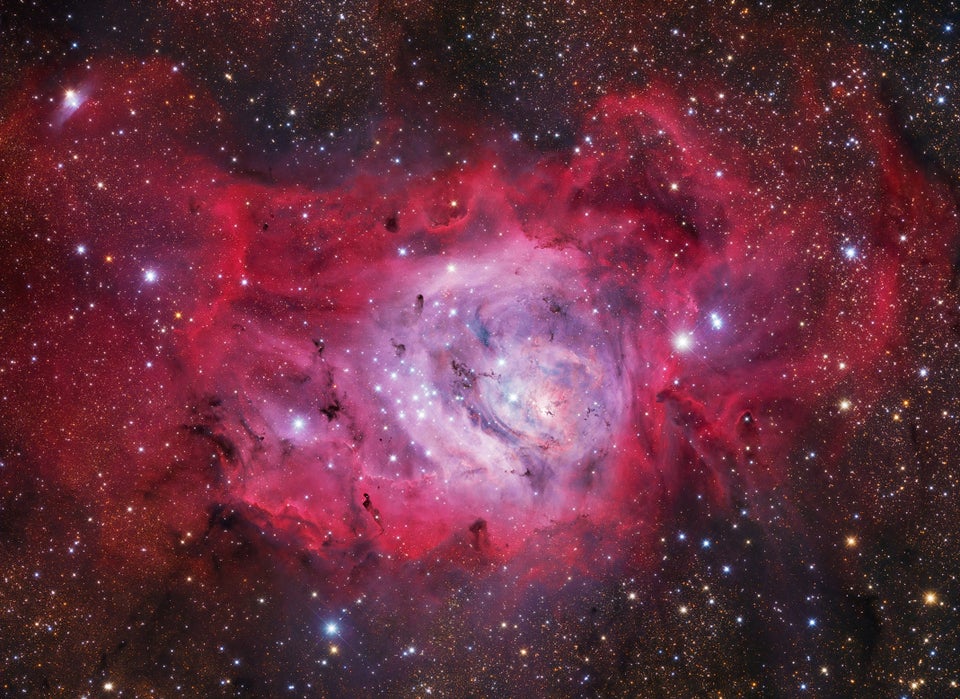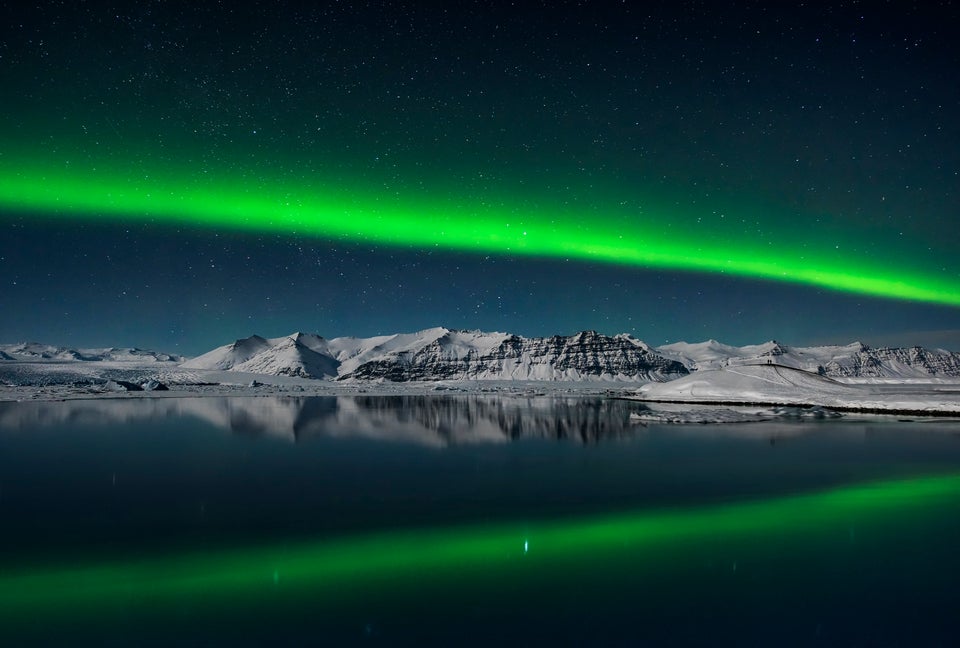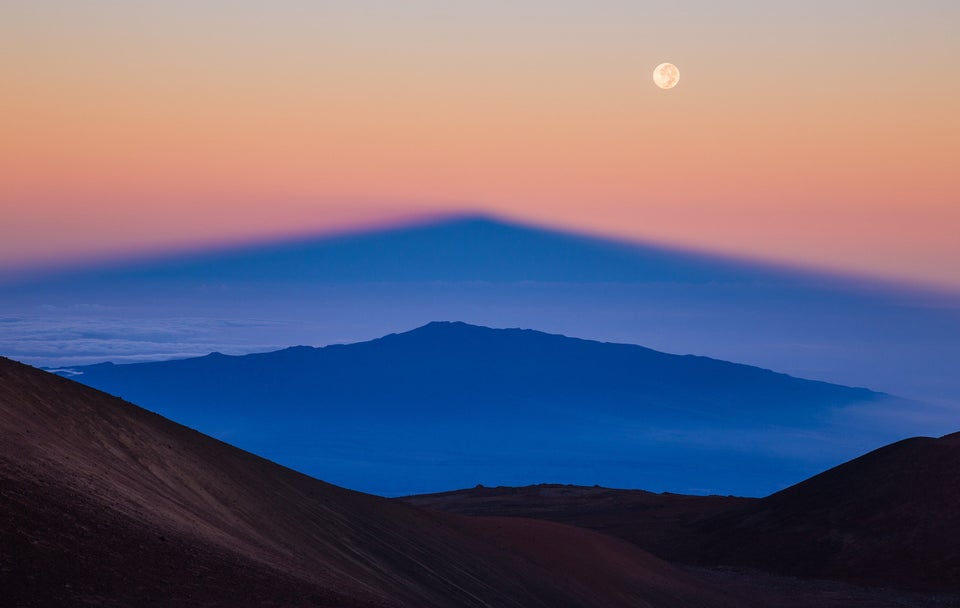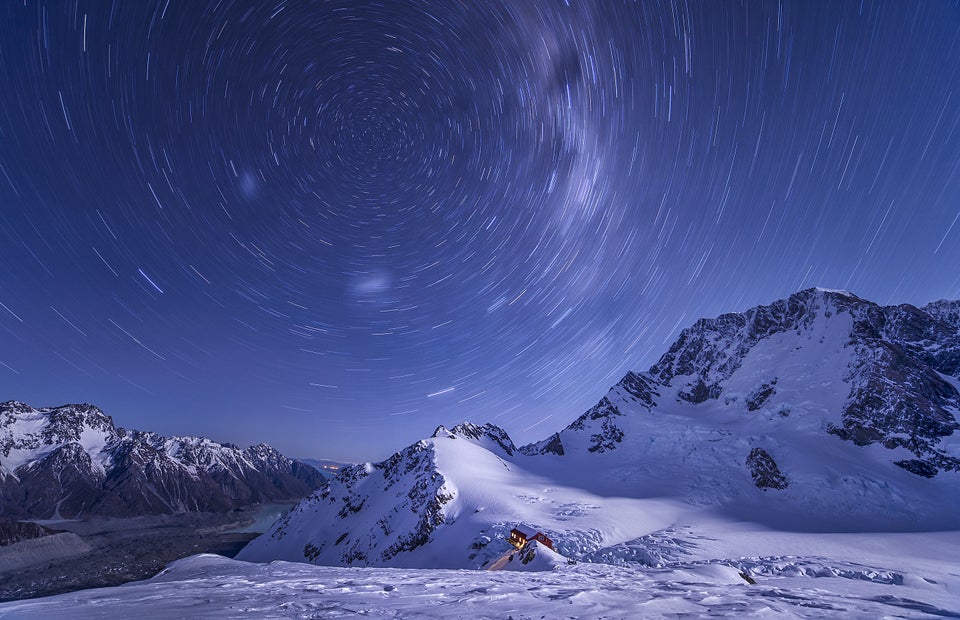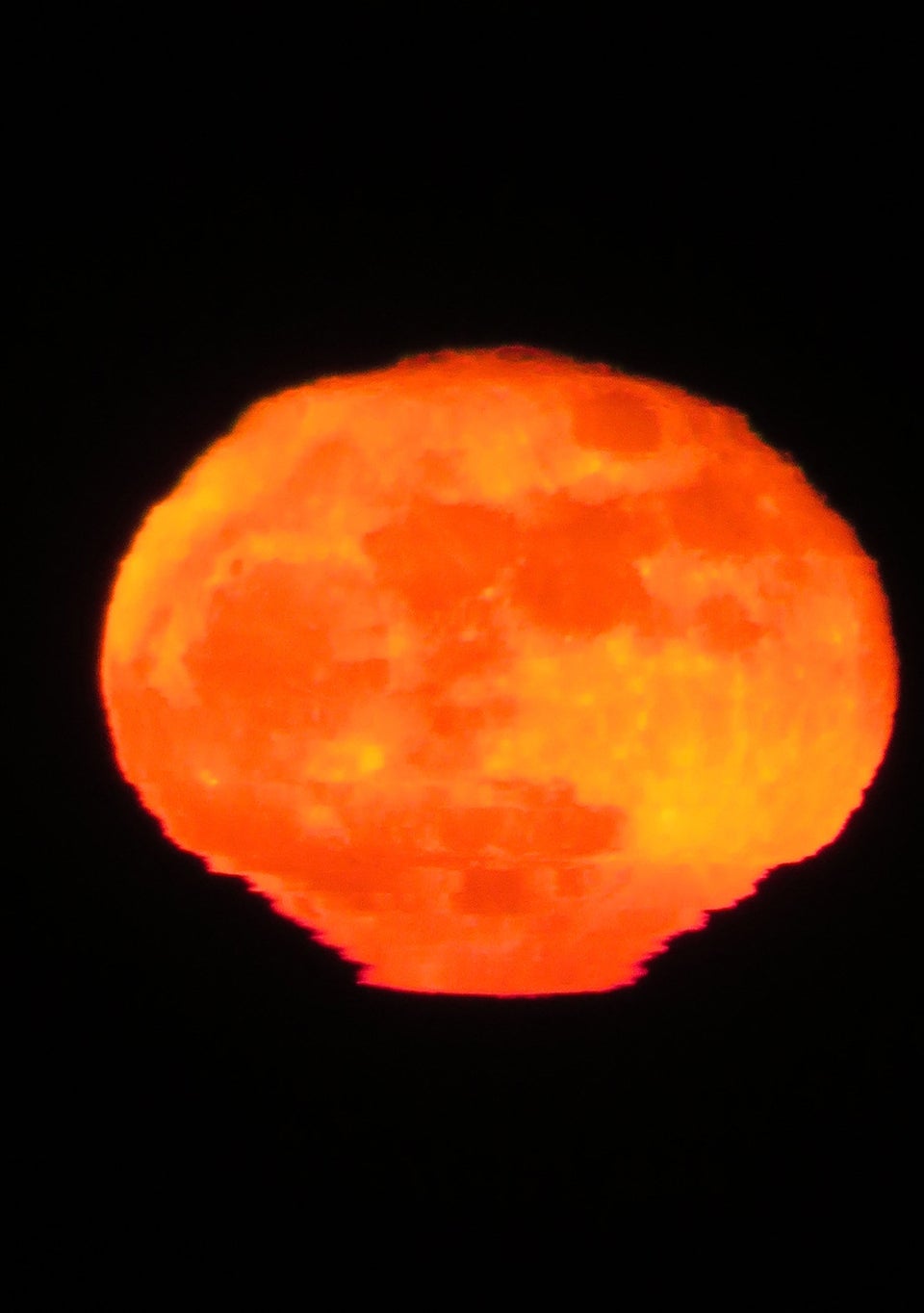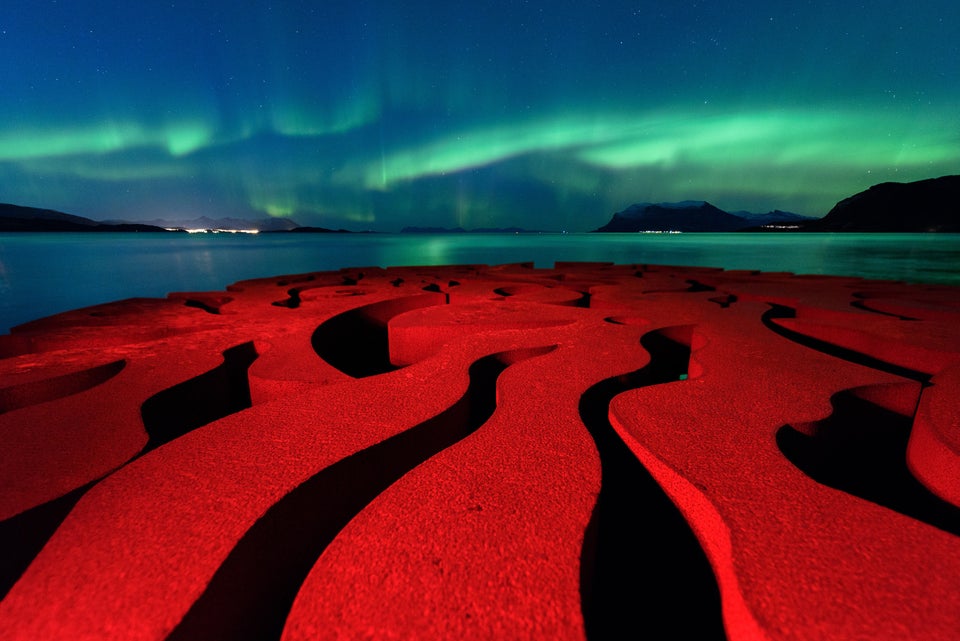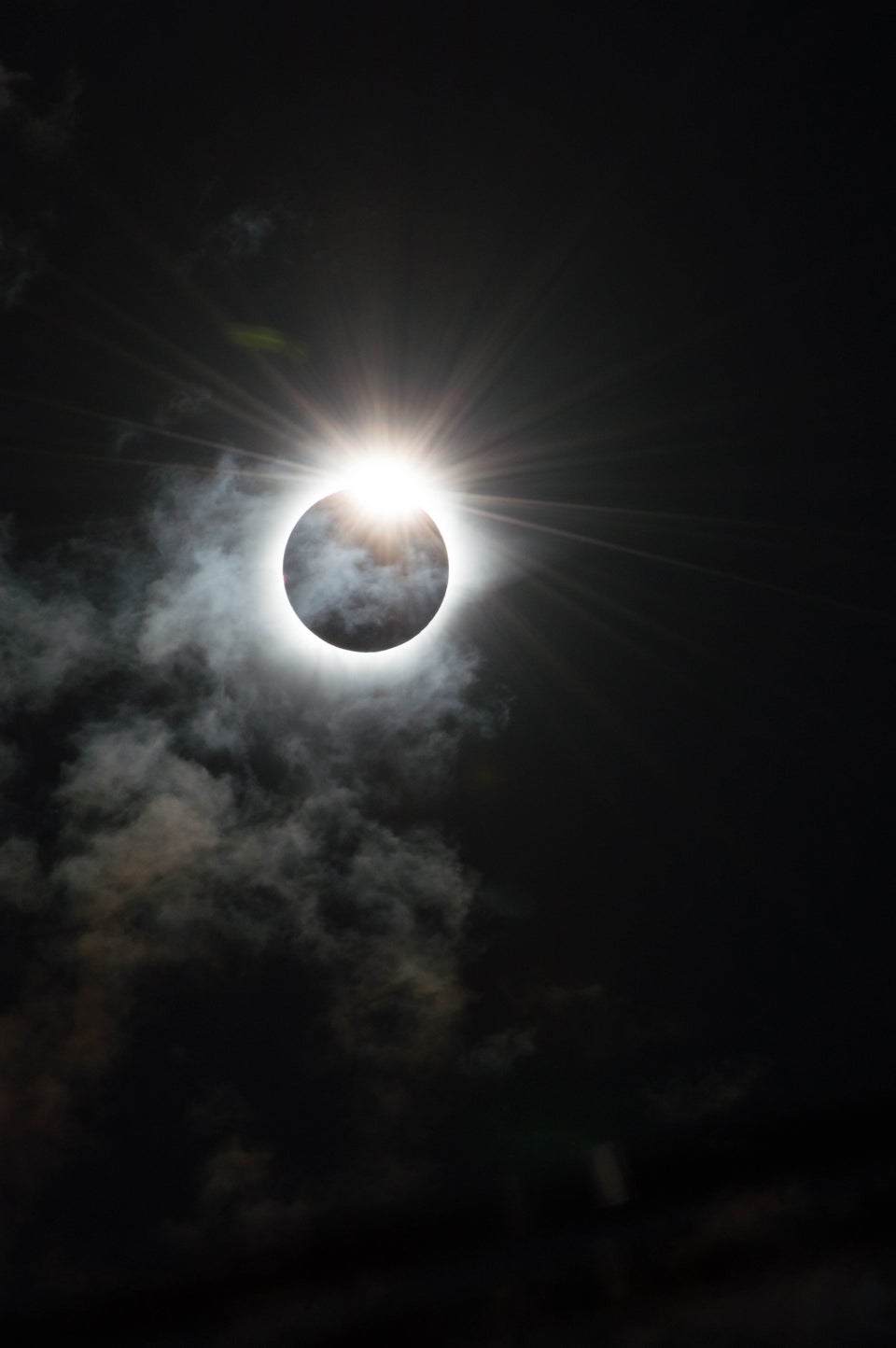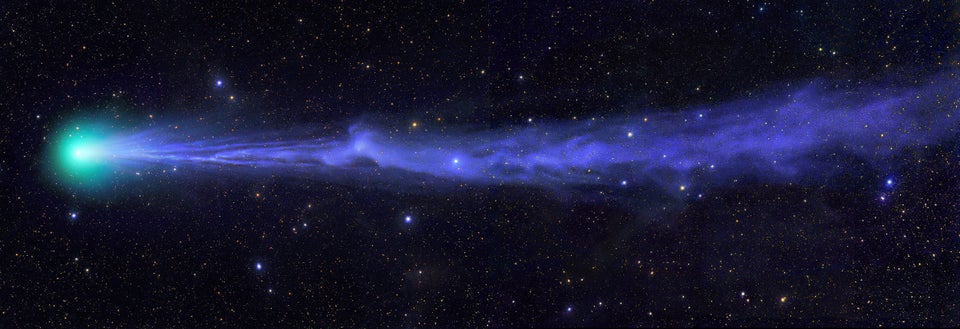Don’t be alarmed, but what you’re about to see is humanity at its very lowest point.
You see before we evolved into the incredibly handsome, productive and intelligent beings you see around you today, we were nothing more than a tiny sack with a giant mouth and no anus.

What you’re looking at is (probably) our oldest relative.
Called Saccorhytus, it was discovered by researchers from the University of Cambridge in the UK and Northwest University in Xi’an China.
What makes this nightmarish creation rather special to science is that scientists believe it is the oldest known example of a “deuterostome” - a biological category of creatures which yes, we’re so sorry, evolved eventually into us.
Now before you start getting offended that we we’re somehow related to this don’t worry. You’ll be pleased to hear that there’s a pretty considerable gap between the days when Saccorhytus was bobbing around the ocean terrifying everyone and today, around 540 million years in fact.
What makes Saccorhytus’ discovery so impressive however is the scale of the search that had to take place in order to find it.
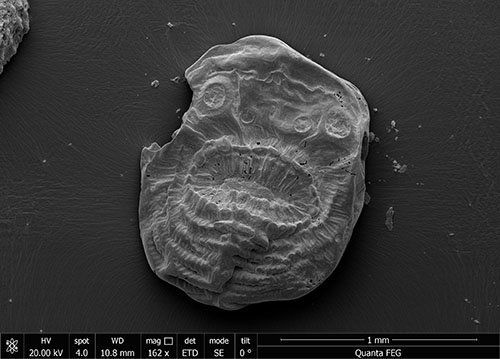
You see unlike a nice convenient dinosaur fossil, Saccorhytus was only a millimetre in diameter and spent much of its time living in between grains of sand on the ocean floor.
To try and find this fossil researchers were essentially looking for a needle in a haystack the size a small town.
Dr Jian Han, of Northwest University, explains: “We had to process enormous volumes of limestone – about three tonnes – to get to the fossils, but a steady stream of new finds allowed us to tackle some key questions,”
Having discovered the fossils they then used CT scans and an electron microscope to gain the incredibly clear images you can see above.
What makes Saccorhytus really interesting (aside from its astonishing appearance) is that it could provide a crucial filler for a biological black hole that we have when life first formed on Earth.
You see while we can see a history of all living things buried within a creature’s genes, we have almost no physical fossilised evidence that goes back far enough to support our theories.
Saccoryhtus then is a great step in the right direction with the hope being that its discovery will eventually lead to even smaller, uglier creatures that can help us understand how life formed on our planet.
Astronomy Photographer of the Year:


